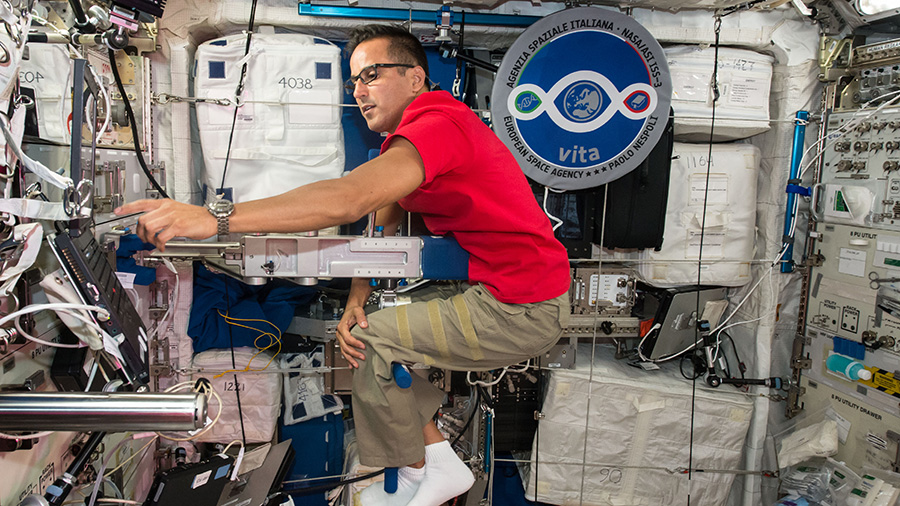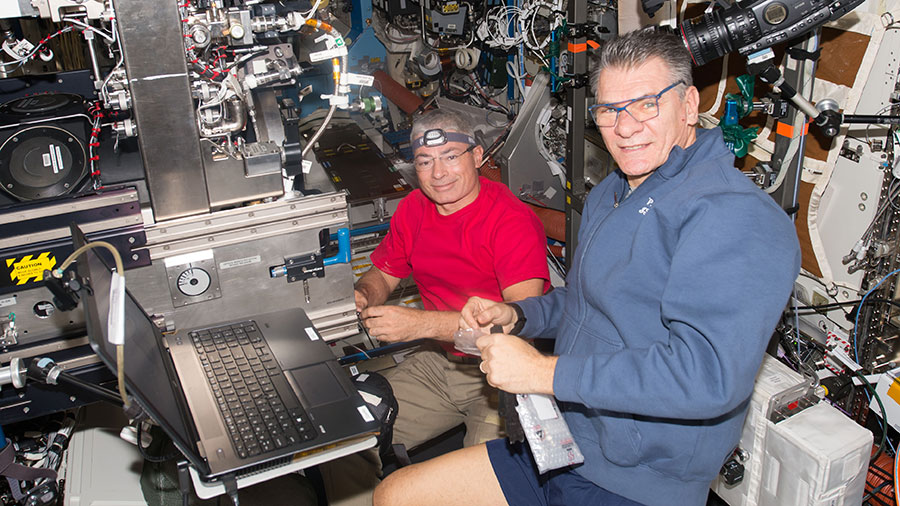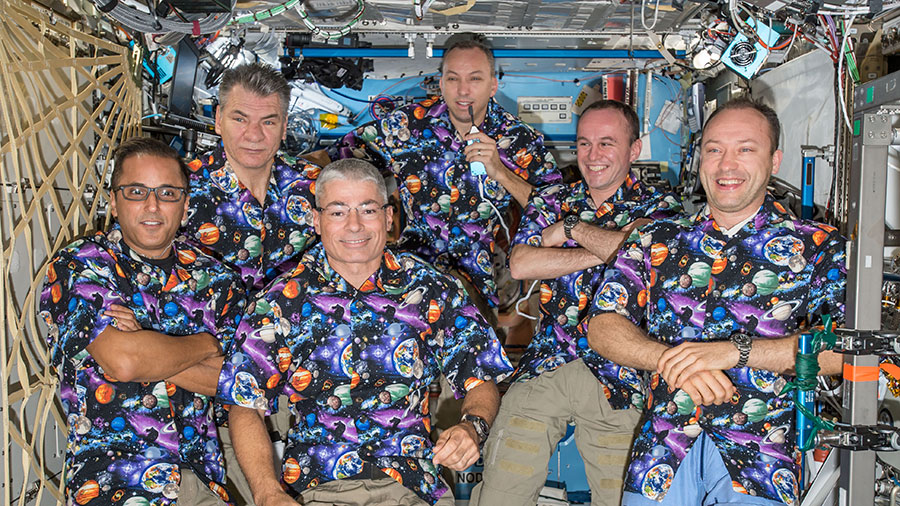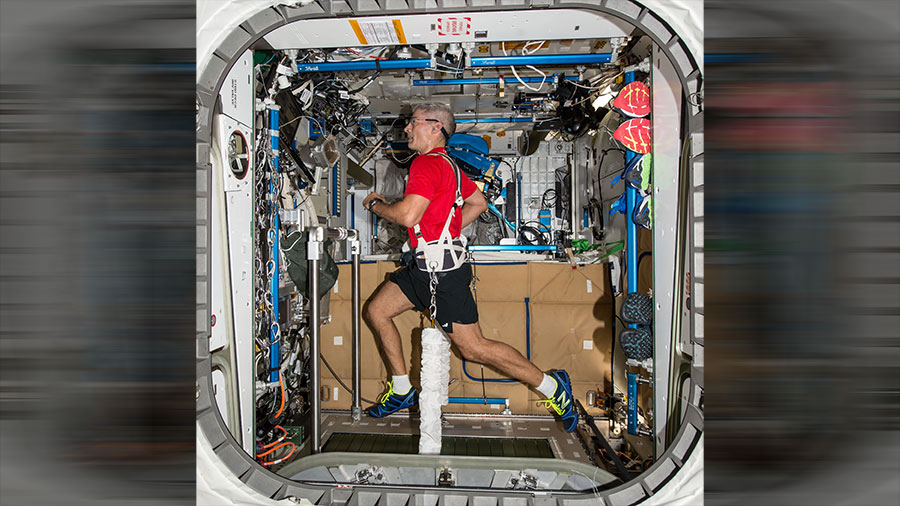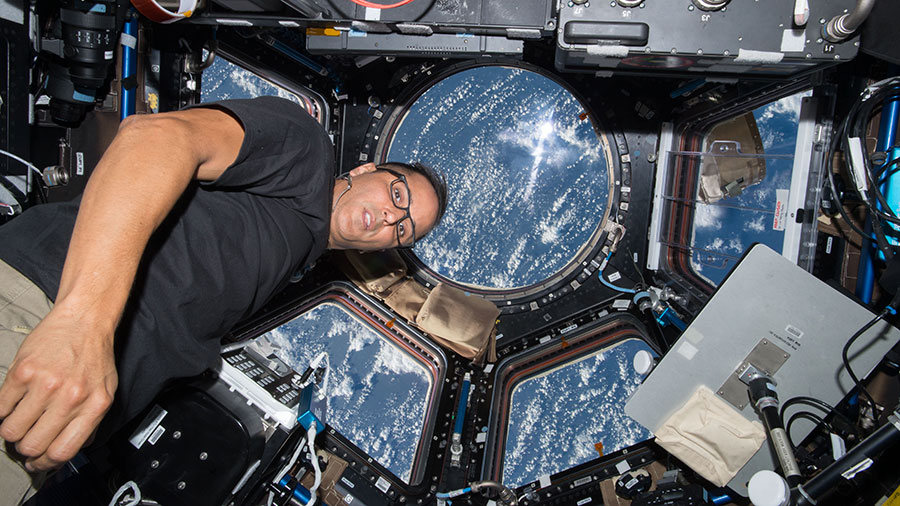
Two NASA astronauts switched their spacesuits to battery power this morning at 8:05 a.m. EDT aboard the International Space Station to begin a spacewalk planned to last about 6.5 hours. Live coverage is available on NASA Television and the agency’s website.
Expedition 53 Commander Randy Bresnik and Flight Engineer Mark Vande Hei of NASA will replace one of two Latching End Effectors (LEE) on the station’s robotic arm, Canadarm2. Canadarm2 has two identical Latching End Effectors used to grapple visiting cargo vehicles and payloads, provide data and telemetry to the rest of the Canadian-built Mobile Base System and the unique capability to “walk” from one location on the station’s truss to another.
This is the third spacewalk of Bresnik’s career and the first for Vande Hei.
Follow @space_station on Twitter for updates on the station and crew activities. For more information about the International Space Station, visit www.nasa.gov/station.


